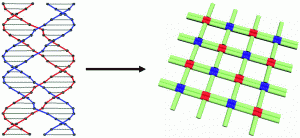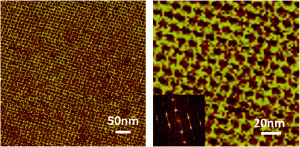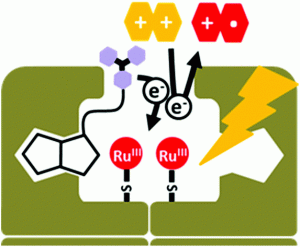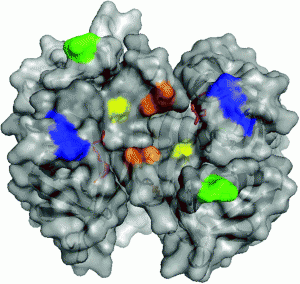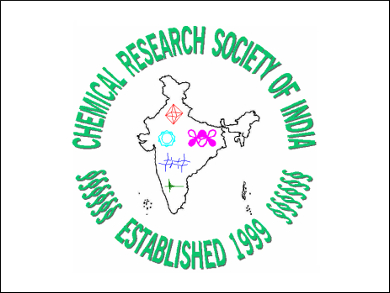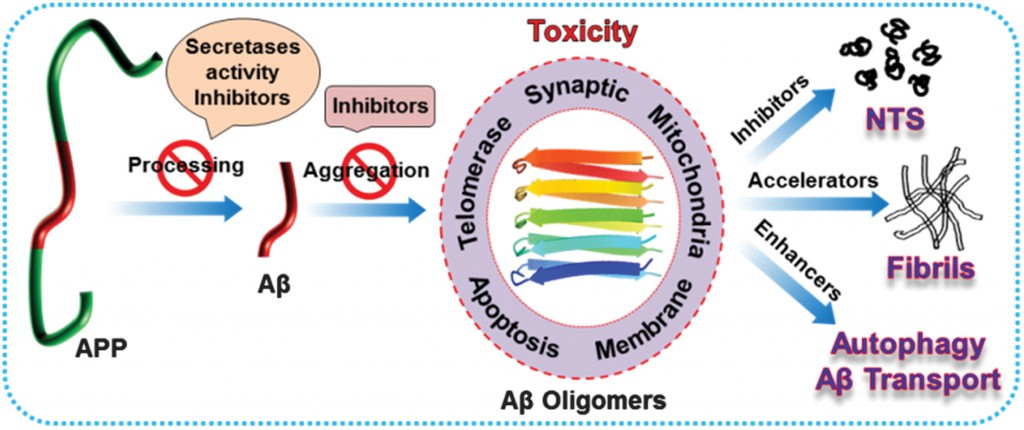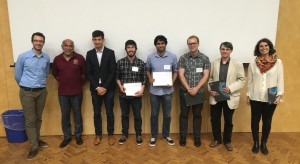Organic & Biomolecular Chemistry is delighted to announce a call for papers for its latest themed issue on:
Biocatalysis: Natural and biologically inspired synthetic enzymes
Guest Editors: Scott Silverman and Douglas Mitchell (University of Illinois at Urbana-Champaign, USA)
Deadline for Submission: 15 February 2017
| OBC offers fast decisions and publication (average time from receipt to first decision for peer reviewed articles is 12 days for communications and 19 days for papers). Colour publication is free and all articles are indexed in MEDLINE. You can choose for your article to be handled by the Cambridge office or one of our Associate Editors: Christian Hackenberger, Lei Liu, Margaret Brimble or Jin-Quan Yu.
Scope Biocatalysis includes a range of topics related to catalysis by molecules obtained or derived from biology. This issue will cover the following topics: 1. Study of naturally occurring biological catalysts (protein enzymes and ribozymes) |
Research in OBC is published as communications (for urgent work – up to 5 pages in length) or full papers. There is also the opportunity to write a Perspective or Review article for the issue, and if you would be interested in this please let us know beforehand. All submissions will be subject to rigorous peer review to meet the usual high standards of OBC. Guidelines are available at rsc.li/1K0EgYx and rsc.li/1OoQWQh.
If you are interested in taking part in this issue, please email OBC: obc-rsc@rsc.org
Manuscripts can be submitted using the Royal Society of Chemistry’s online article submission service. Please clearly state that the manuscript is submitted for the themed issue on Biocatalysis: Natural and biologically inspired synthetic enzymes.
To view recent articles or find out more about OBC, please visit the journal’s homepage:
Organic & Biomolecular Chemistry – Rapid publication of high quality organic chemistry research
Please note that articles will be published online as soon as ready to ensure no delay in dissemination of your work. Articles for the web theme will be published in regular issues of the journal. The themed issue will then be published online once all articles have been published. Click here for an example of a previous web theme issue in OBC.











